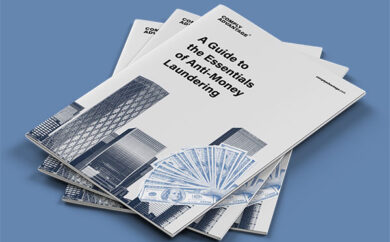
Customer onboarding is where the rubber hits the road for compliance teams. Where the theory of anti-money laundering and counter-terrorist financing meets the commercial reality of the business. In this 5-part explainer, we’ll outline the kinds of issues you’ll face, how to manage them and how to effectively manage your own role in this critical process.








